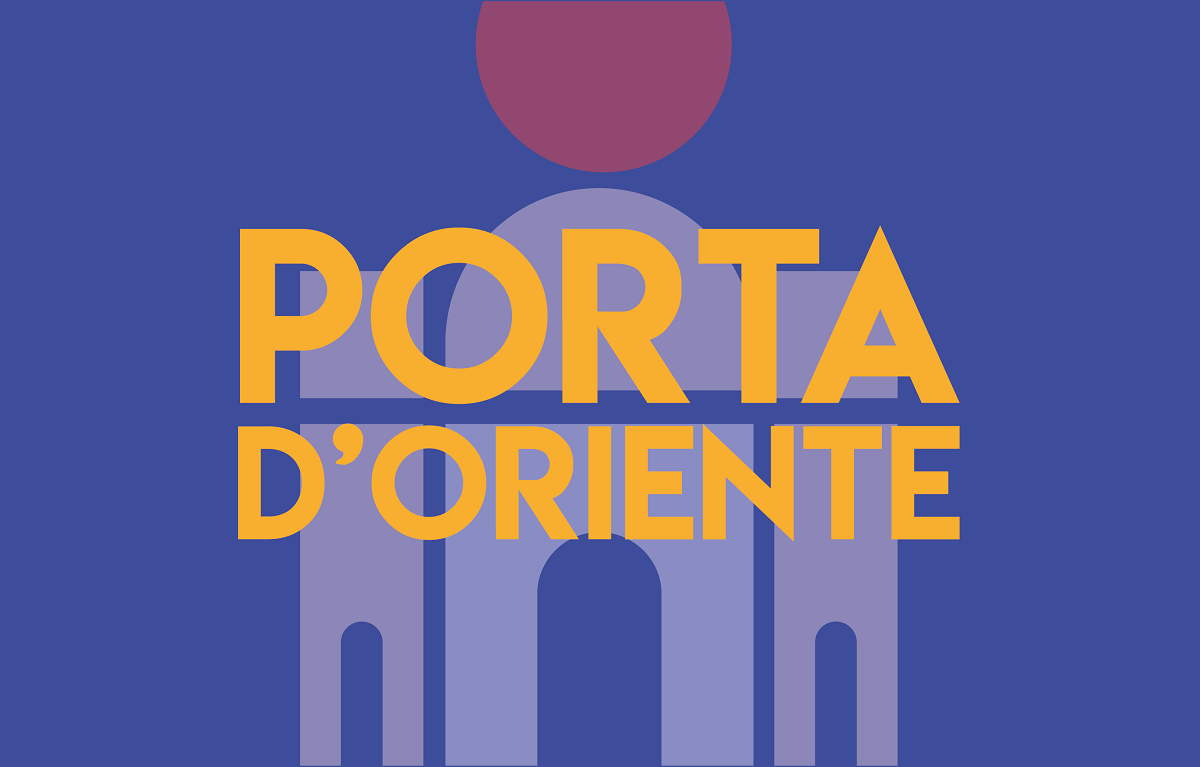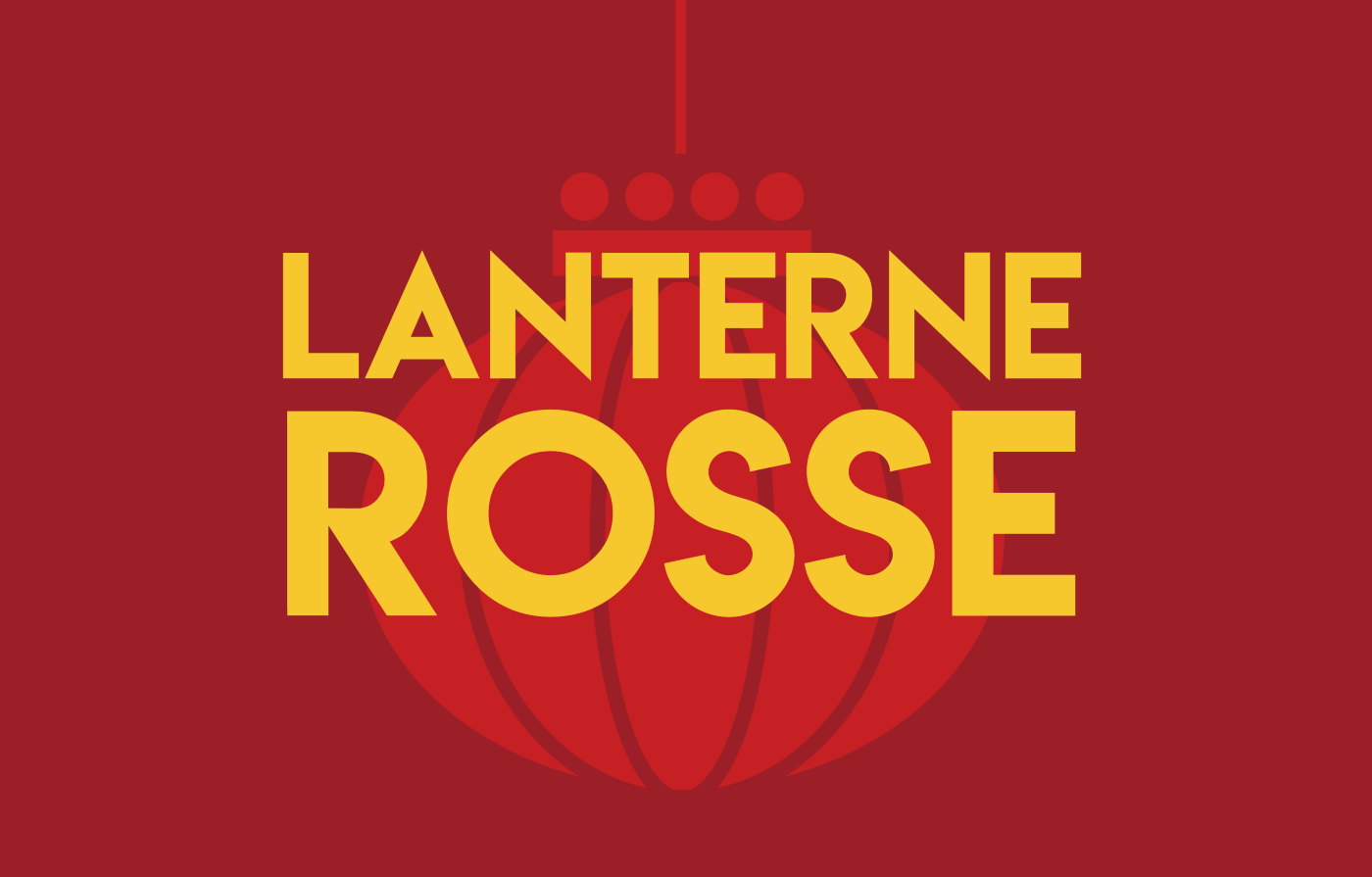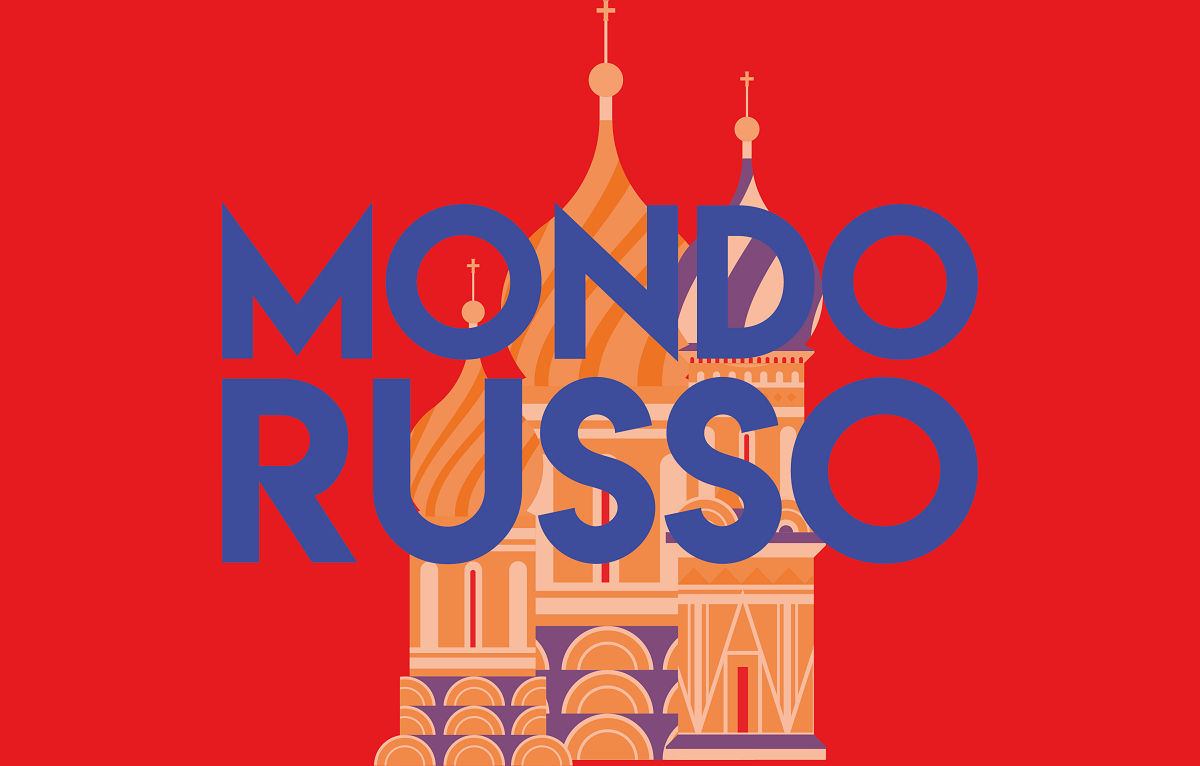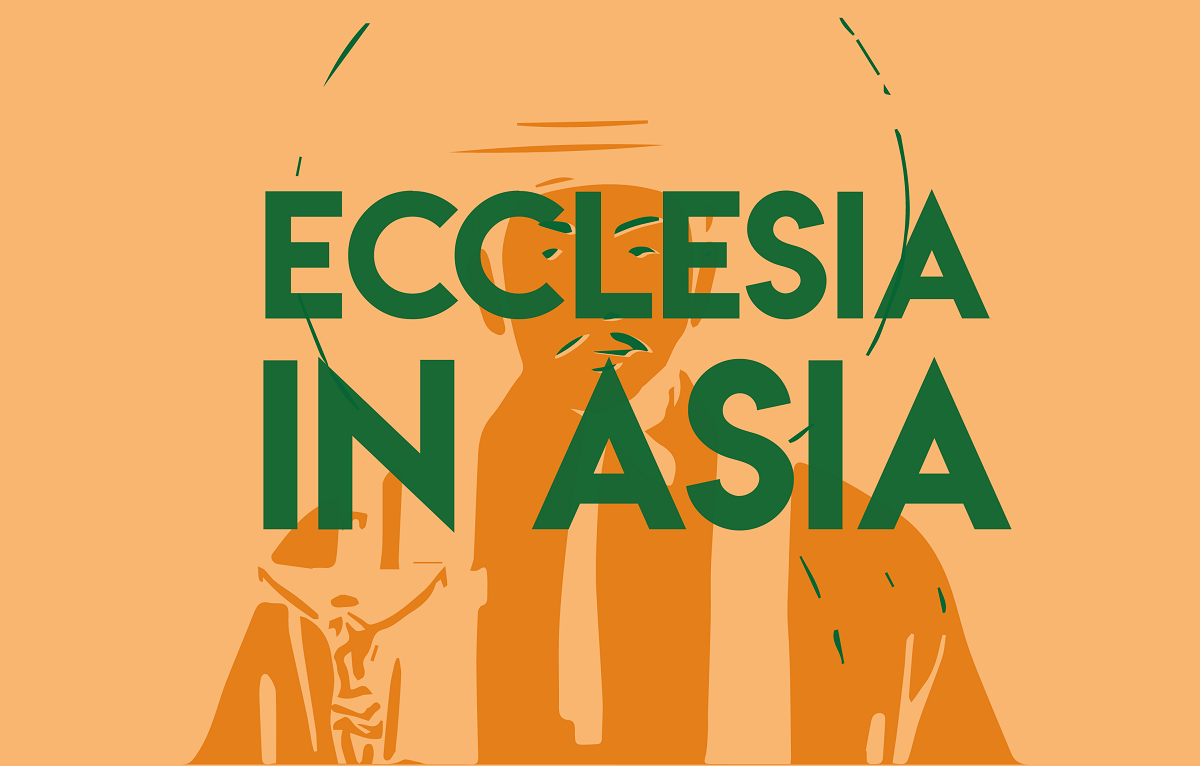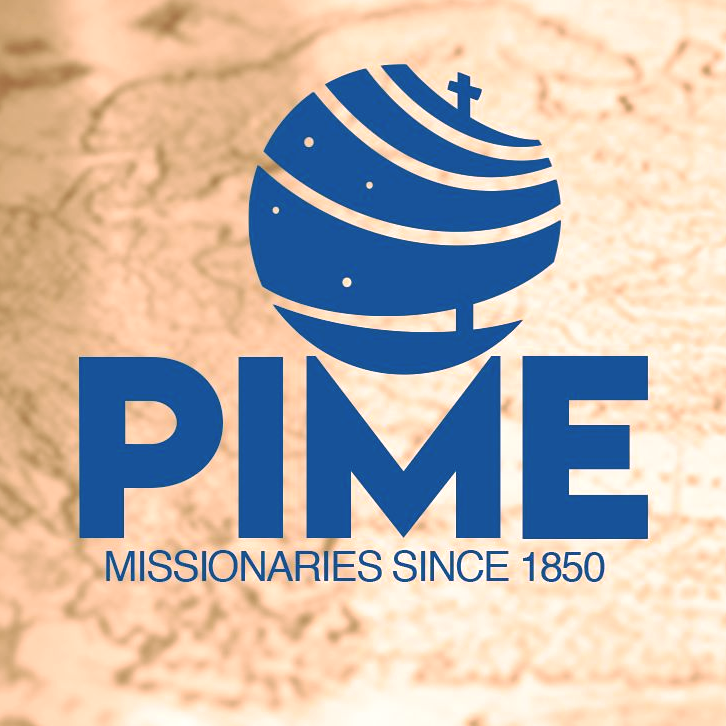Expo 2025 Osaka reaches the halfway point with more than 10 million visitors
The final target has been scaled back to 22 million, the minimum threshold to cover the costs of the event. The Italian pavilion, which also hosts that of the Holy See, is among the most popular. In his recent visit to the Expo, Cardinal Parolin said that, “Only in hope do we find an antidote to fear.”
Milan (AsiaNews/Agencies) – Expo 2025 Osaka, which opened on 13 April until 13 October, has recently entered the second phase of its six-month run.
The event has set ambitious goals. Its chosen theme, Designing Future Society for Our Lives, calls for a collective rethink of our sustainable future; on a practical level, the initial goal was to attract more than 28 million visitors, later scaled back to 22 million, more in line with the latest editions: Milan 2015 (21 million) and Dubai 2020 (24 million), the latter postponed due to the pandemic.
The new target of 22 million is the minimum threshold needed to break even, after costs tripled over initial estimates.
Since the Expo is largely financed with public funds, cost overruns have come in for criticism, sparking dissatisfaction and debates over the actual usefulness of events like this because of their price tag compared to their symbolic and perceived benefits.
Last Saturday, the halfway point, the event reached 10.8 million visits, according to the Japan Association for the 2025 World Exposition.
About 119,000 people visited Expo 2025 Osaka on its opening day, but the number began to rise after the first month, thanks in part to the completion of some renovations. The peak was reached on 28 June, with approximately 185,000 visitors in a single day.
With just under 90 days to go, another 11 million visits would be needed to break even, approximately 119,000 per day.
In previous editions, such as those in Milan and Dubai, attendance increased in the final phase, so it seems likely that the target will not only be reached but even exceeded.
The visit by Cardinal Pietro Parolin at the end of June for the National Day of the Holy See at the Expo boosted the international and symbolic aspect of the event.
In his address, the Vatican Secretary of State stressed the profound significance of the proposed theme. “In an era characterised by numerous conflicts and enormous global challenges, the future is sometimes more feared than expected. Only in hope do we find an antidote to fear and an encouragement to commitment and action.”
The prelate also highlighted the concepts of beauty and hope that are found in the theme of the Holy See Pavilion. Hope, in particular, "becomes a call for an unwavering commitment to dialogue and cooperation, especially when tensions and conflicts seem insurmountable."
According to preliminary estimates reported by the Japanese magazine Josei Jishin, the Italian Pavilion – which also hosts the Holy See Pavilion – is the most visited thanks to what is described as its "high artistic quality."
What attracts so many visitors is the presence of works of art such as the Farnese Atlas, exhibited for the first time in Japan, and masterpieces by Caravaggio and Leonardo.
“I was able to see works that one wouldn't even find by going to Italy," said one visitor.
The pavilion itself was also considered worth a visit, despite the incredibly long queue of up to six hours, both for the structure itself and the terrace garden, from which one can watch the sunset and the nighttime panorama.
In terms of popularity, the Italian pavilion is followed by the US pavilion with Japan’s in third place.
21/12/2023 14:56
28/10/2024 18:03
03/12/2024 14:45





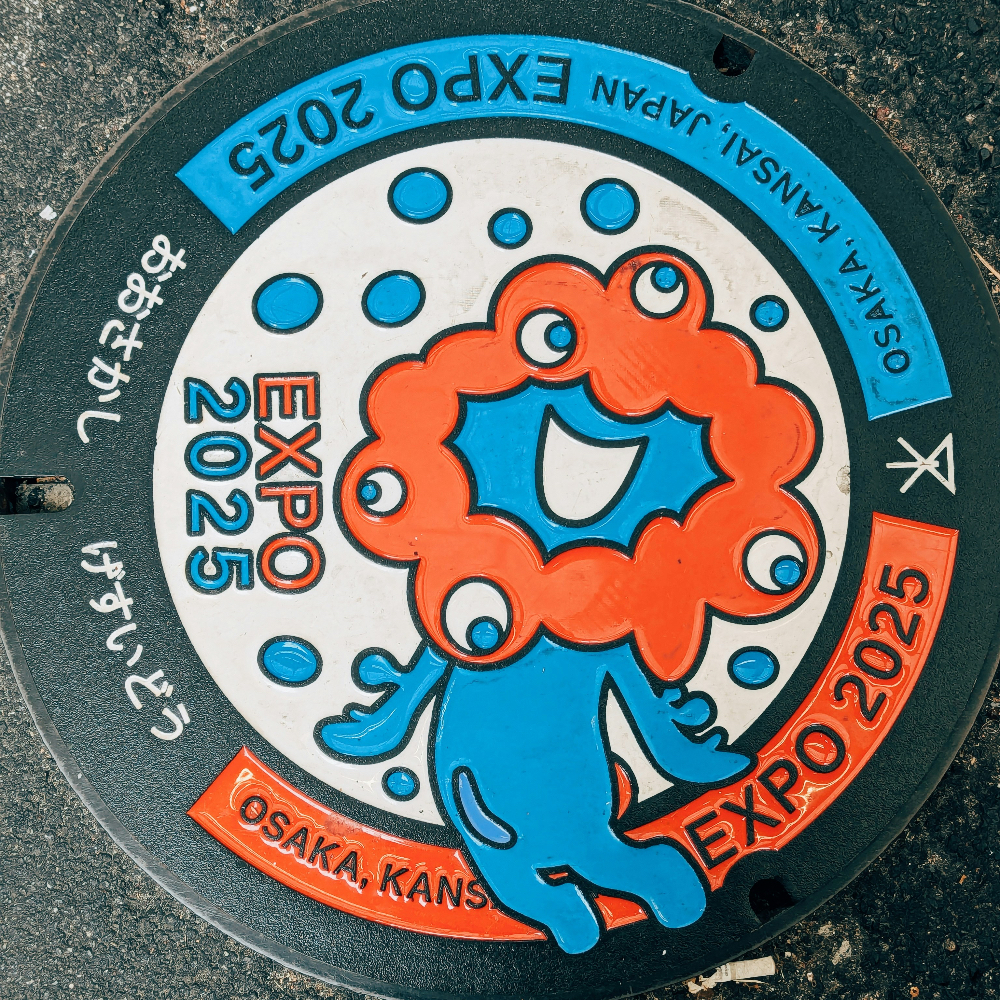

.png)
